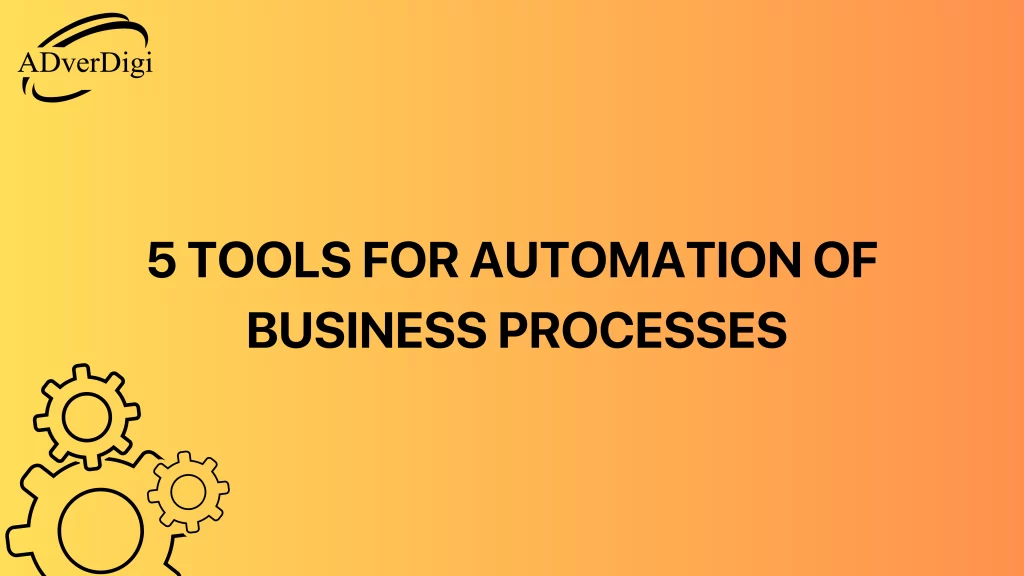Top growth strategy for business
How do marketing shortcuts help businesses?
In the fast-paced business world, marketing growth strategy for business has become the best solution for businesses of all sizes. Companies use time-saving strategies to gain traction quickly, increase their revenue and profits, and grow their business more effectively.
Marketing shortcuts might initially seem counterintuitive, but they can work wonders for businesses when executed correctly. By adopting innovative and creative marketing tactics, companies can reach their target audience faster and more effectively without relying on expensive and time-consuming traditional marketing strategies.
Here are some of the growth strategies for startups:
1. Cost-Effective Marketing
One of the major benefits of marketing shortcuts is that they are cost-effective. With old marketing methods such as TV ads or print media, businesses would often spend a lot of money on marketing campaigns with no guarantee of success. On the other hand, marketing shortcuts are usually inexpensive and sometimes even free, allowing businesses to make the most of their marketing budget.
2. Targeted Advertising
Marketing shortcuts also enable businesses to reach their target audience more effectively. Use tools and techniques such as social media marketing, email marketing, or targeted online ads to target their marketing efforts towards their ideal customer, maximizing the return on investment for each marketing dollar spent.
3. Building Brand Awareness
Building brand awareness is crucial for business growth, and marketing shortcuts can help businesses do just that. Companies can effectively establish their brand as an industry leader and connect with their audience more personally through creative content marketing strategies such as blog posts, videos, or social media posts.
4. Time-Saving Marketing
Another critical advantage of marketing shortcuts is that they are time-saving. Traditional marketing methods can be time-consuming, requiring extensive planning, preparation, and execution. On the other hand, marketing shortcuts implement quickly, freeing up valuable time and resources that businesses can use to focus on other critical areas of their business.
In conclusion, marketing shortcuts have become essential to modern business growth. They allow businesses to quickly gain traction, reach their target audience more effectively, and establish their brand as an industry leader. With so many cost-effective and innovative marketing strategies available today, it has always been challenging for businesses to accelerate their growth and achieve long-term success.
8 Digital Marketing Shortcuts To Grow Your Business
When expanding a business, it’s essential to be efficient with your marketing efforts. While many traditional methods can still be effective, some shortcuts can save time and resources while driving growth.
1- Social media:
Social media is a cost-effective marketing shortcut for businesses of all sizes. You can quickly build a large and loyal customer base by creating engaging content, promoting your brand, and interacting with your followers. Social networking channels like Twitter, Instagram, Facebook, and LinkedIn are valuable for reaching potential customers, driving website traffic, and building your brand reputation.
2- Video graphics:
Visual content is more popular and attention-grabbing than text content. Therefore, videos, infographics, and other graphic designs effectively convey your message and increase engagement. Creating video graphics requires little investment and can lead to higher engagement and more sales.
3- Blogging:
Blogging can magnet the potential traffic to your website and generate leads. Writing content related to your niche and target audience can increase your website traffic and provide valuable insights into your customers’ interests and needs. As a bonus, regular blogging can boost your search engine rankings, resulting in more visibility and traffic to your site.
4- SEO:
Search engine optimization means optimization of your website to rank higher in search engine results pages (SERPs). By targeting specific keywords, you can rest assured that your website ranks on the page when visitors are looking for your products or services. Effective SEO strategies include on-page optimization, link building, and content creation.
5- Collaborations:
Collaboration can help businesses to get exposure to a broader audience. A simple example of a partnership is sponsoring an event. With the help of sponsors, event organizers can provide better experiences and promote events in front of more people.
6- Emails:
Email marketing is an impactful way to reach customers. Sending personalized and relevant emails can help build brand loyalty and drive sales. This marketing shortcut can also help drive traffic to your website and blog. Creating email newsletters is a simple yet effective marketing tactic to nurture leads.
7- Lead Magnet:
A lead magnet is an incentive or offers encouraging the potential audience to give their contact information. The most popular lead magnets are ebooks, free trials, and webinars. By providing valuable content to the audience in return for their contact info, you can create an effective lead-generation strategy that can increase sales and revenue.
8- Facebook Ads/Google Ads:
Paid Ads are powerful in reaching customers and driving growth quickly. Facebook Ads and Google Ads help target specific demographics, locations, interests, and keywords, which can lead to a high conversion rate and a great return on investment.
Conclusion
In conclusion, digital marketing is essential for growing any business in today’s technology-driven world. It helps in reaching your target audience quickly, efficiently, and effectively. However, focusing on the growth strategy of a business that provide results is the key to success. That’s why these top digital marketing shortcuts are essential to save time, reduce stress, and maximize ROI. Whether you use automated tools, social media, SEO, or paid advertising, the right shortcuts can make all the difference. So start implementing these tips into your digital marketing strategy and watch your business thrive.
Top growth strategy for business Read More »


